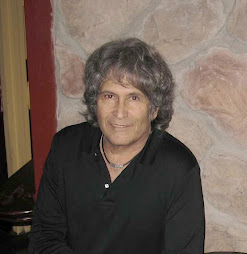In 2006 a report published by the UN's Food and Agriculture Organization (FAO) showed us that that animal based agriculture causes more greenhouse gas emissions than all of transportation!. This is not only from carbon dioxide, but the more severe gases methane and nitrous oxide. The methane and nitrous oxide are generally created by the animals themselves (bodily functions) and the carbon dioxide from all the tractors used to produce the grains to feed them (15 times as much per pound as a plant based diet), the trucks used to transport them, the electricity for refrigeration...not to mention all the water used and wasted , as mentioned in the previous post. The report also went on to say that animal agriculture cause wide scale degradation of land and water. Livestock now take up 30% of the earth's entire land surface. (mostly permanent pasture but also 33% of the global arable land used for feed production). Raising animals is a major contributor to deforestation as more and more land is needed for grazing and for growing grains to feed the animals, which as I've said before, is the most inefficient use of food there is.
Many people are writing and talking about all this more and more, yet it doesn't seem to be having much effect yet on global agriculture. Sooner or later, some surmise, there will have to be Government Mandates to control , decrease, or eliminate this form of agriculture. When the world leaders finally understand (if they ever do) that animal agriculture is killing the planet, then perhaps something will be done about it.
Here are some interesting articles on the subject, including the very recent article by Kathy Freston...one of the great current thinkers and writers and activists concerning this entire subject
Live Stock a Major Threat to Environment
Rethinking the Meat-Guzzler
Environmental Implications of Modern Animal Agriculture: Save the Planet with your Fork
13 Breathtaking Effects of Cutting Back on Meat

